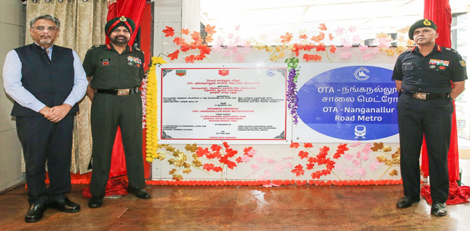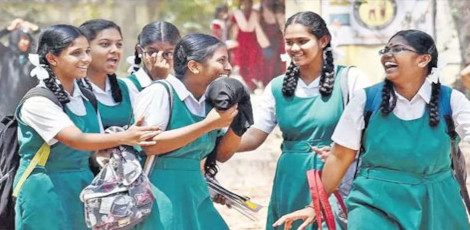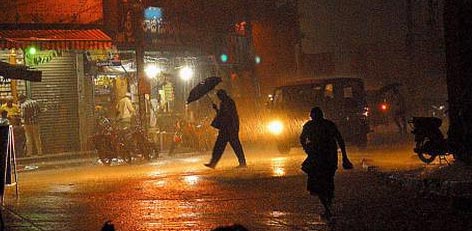Historic timelines of Madras city
Posted on: 21/Aug/2018 11:03:42 AM

An important part of Coromandel Coast off the Bay of Bengal and a long time commercial hub for trade and transportation, Madras, the name solely express the historical importance of the coastal city.
The sea land was first administered as a form of city during the English settlement in Fort St. George. When the British arrived India the portion of the coast was governed by Nayaka appointed by Vijayanagaras. British acquired a three mile long fishing village of Madrasapattinam from Vijayanagaras for settling a new land for their trade and commercial activities.
August 22, 1639 marked the agreement that was signed by EICs Francis Day with his interpreter Beri Thimmappa and superior Andrew Cogan. They built a factory in the settlement built as a fort.
In 1645 Raja Sri Rangarayalu expanded the property of the British by adding more land that turned out to be the base soil for the formation of Madras city.
Throughout the history of Madras caste based violence, war and foreign trade imposed famine killed thousands of original inhabitants of the land. In 17th century the land was again reformed and resettled by European settlers.
Development of a harbor in Madras in the 18th century led the city to gain more importance in terms of trade and administration of official British government. German light cruiser SMS Emden bombarded the city and Madras became the only city in India to get attacked during the World War 1.
After the Independence in 1947 Madras became the capital city of Tamil Nadu. By the year 1998 Madras was renamed officially as Chennai referencing the town of Chennapattinam in honor of Damarla Venkatadri Nayaka.







